None of us who have driven it have been brave enough to take the replica of an 1881 Trouvé electric vehicle to its limit. Little wonder: it has a tiller to steer two of its three thin solid-rubbered wheels, a brake made from a strop of leather, a seat that puts your backside at shoulder height and a motor that might as well have a light switch for a throttle.
This important evolution in the history of electric motoring is up there with Icarus’s wax wings in terms of its safety rating. Gustave Trouvé cared not. By marrying a Coventry-made tricycle with his battery and motor combination, the Frenchman created what is considered to be the first rechargeable EV.
On 19 April 1881, at a time when the American west was still wild, the First Boer War was just ending and Queen Victoria still had two decades left on the throne, Trouvé took to the Rue de Valois in Paris. He thrilled, scared, bemused and amazed a crowd of onlookers; a contemporary illustration shows a dog chasing him on his tricycle.
“Those Parisians surely must have assumed that they had seen the devil go by,” says one of their descendents, Patrick Chargueron. “I never imagined something like this already worked on electricity in 1881; I would have said 1900 or 1910.”
His surprise is common. Most people don’t realise that, years before the internal combustion engine was invented, electricity was propelling people on streets around the world. Plus ça change.

“When Trouvé combined an electric motor, a rechargeable battery and a cycle very similar to this one, it was one of the earliest [self-propelled] vehicles to be seen on the roads,” says Catherine Griffin, curator of the British Motor Museum at Gaydon. “It’s really interesting to look at the history of EVs and to understand that, as we see them now, they aren’t a modern technology.

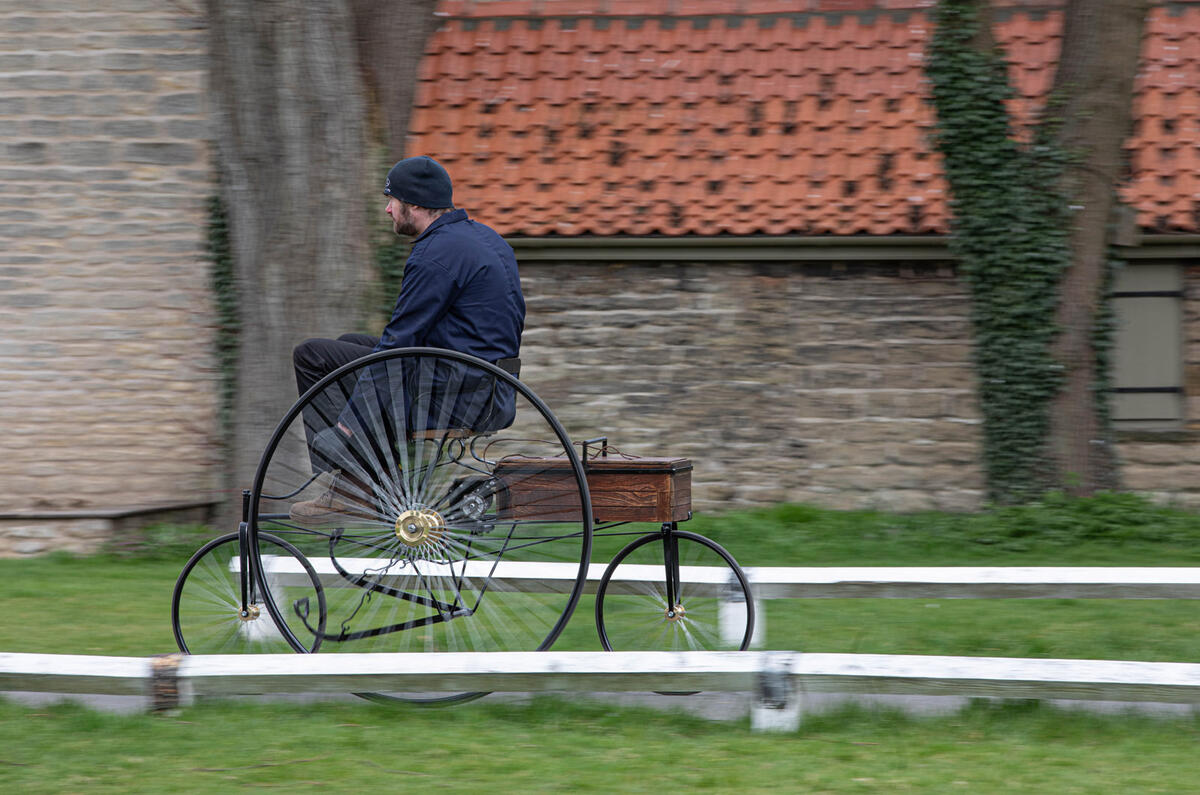
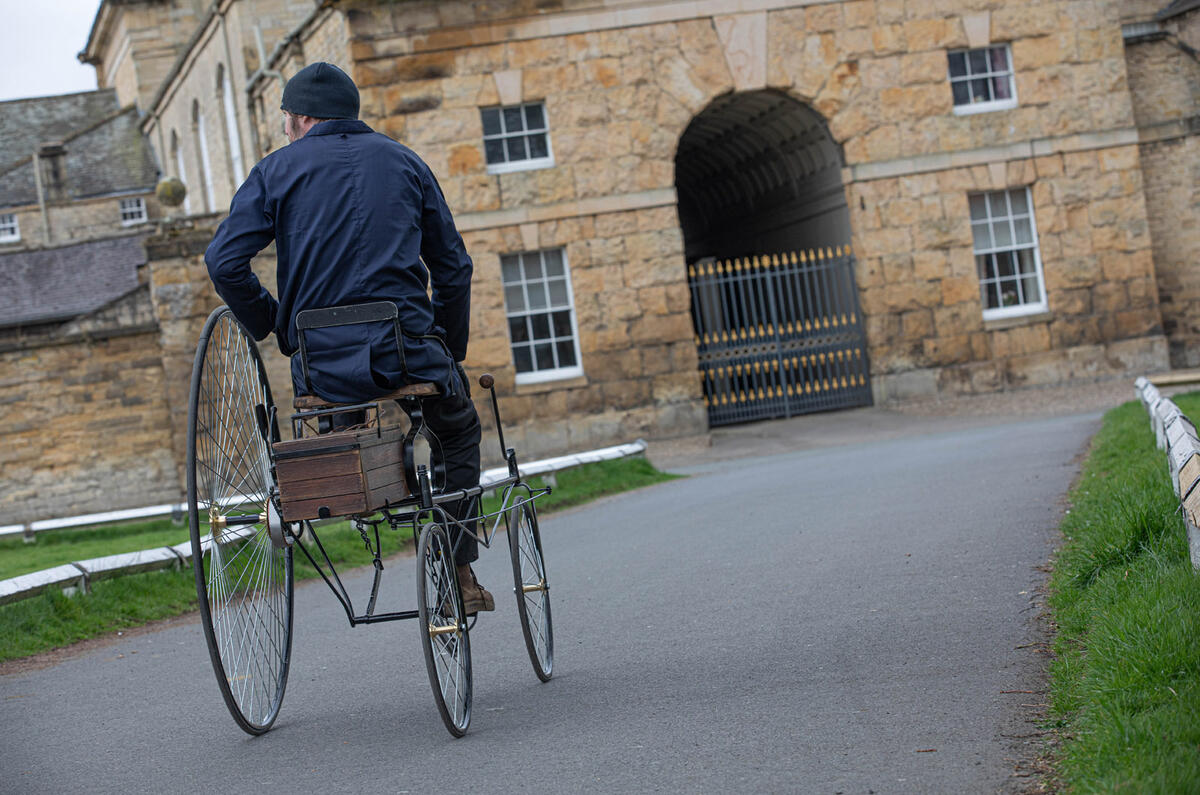
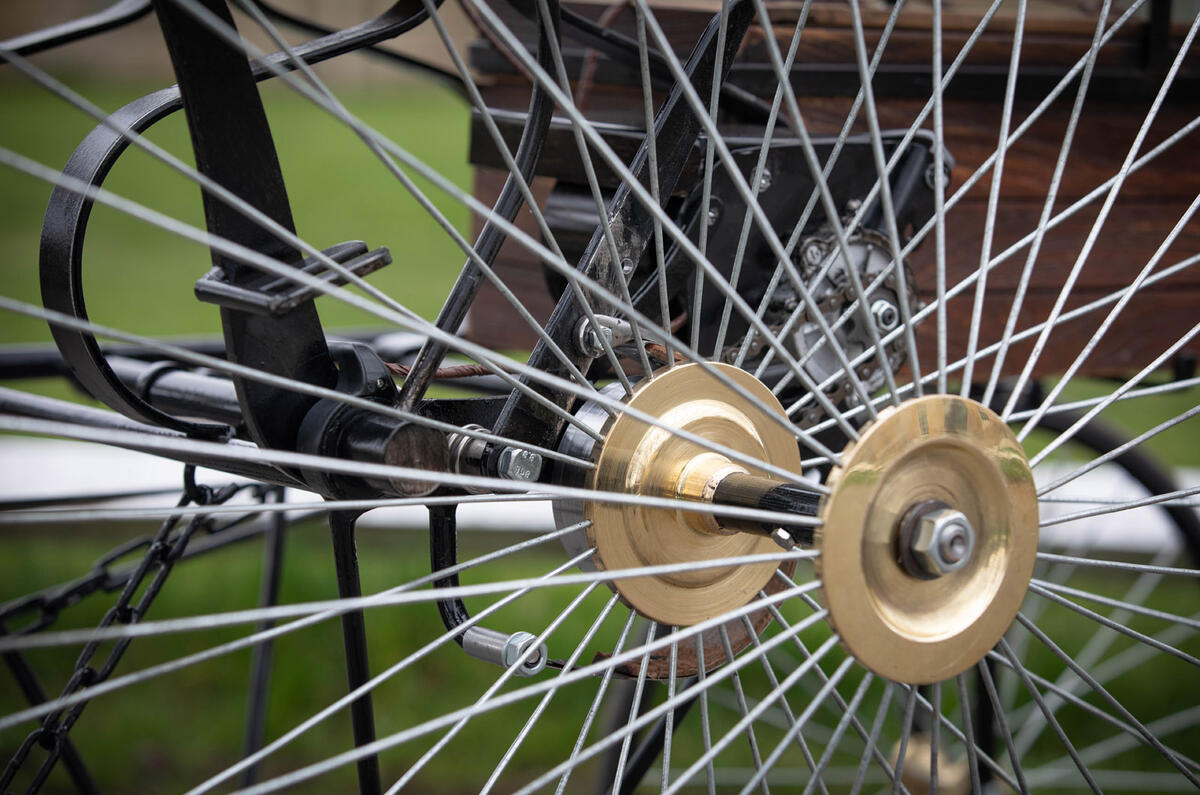
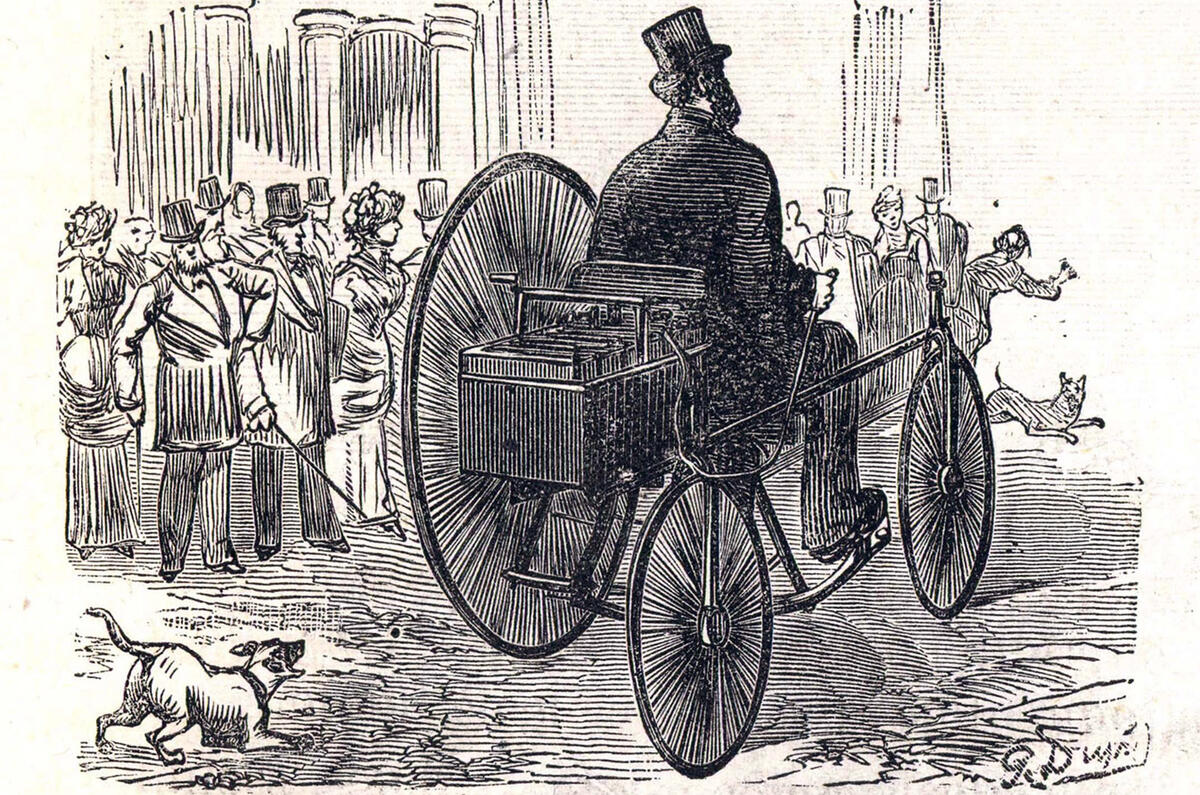
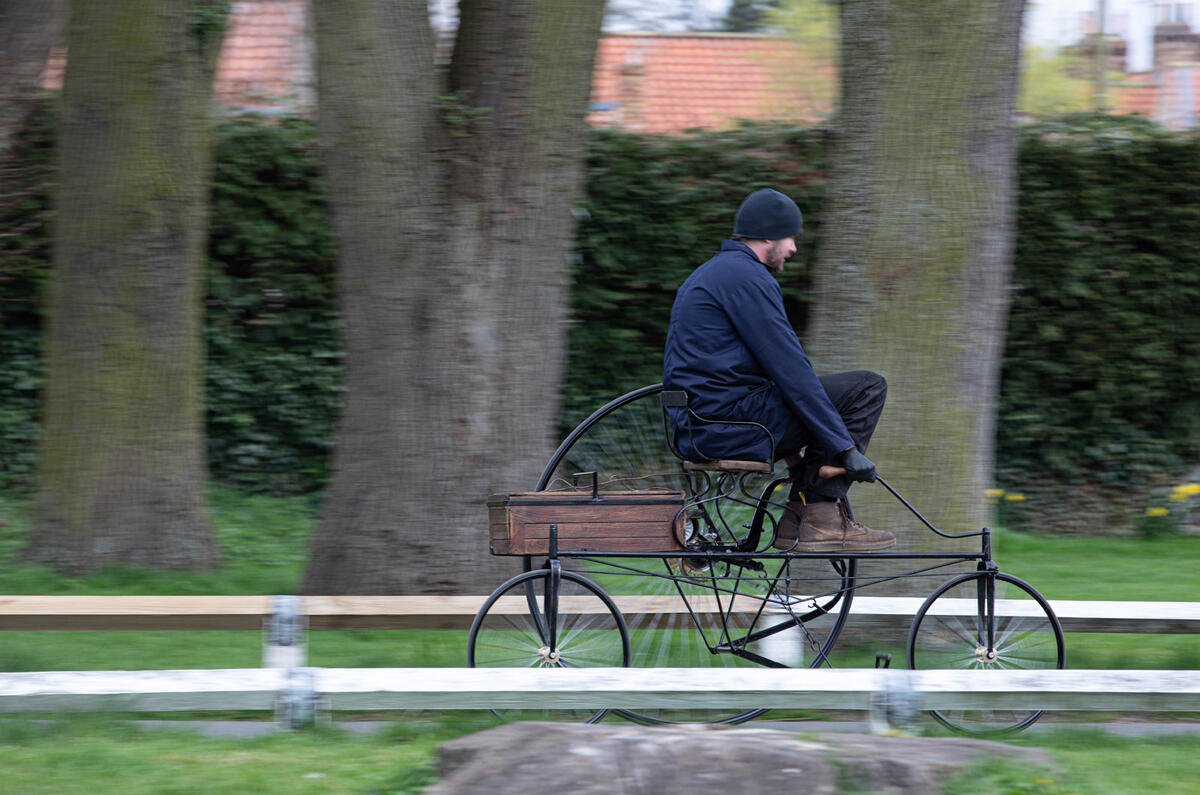

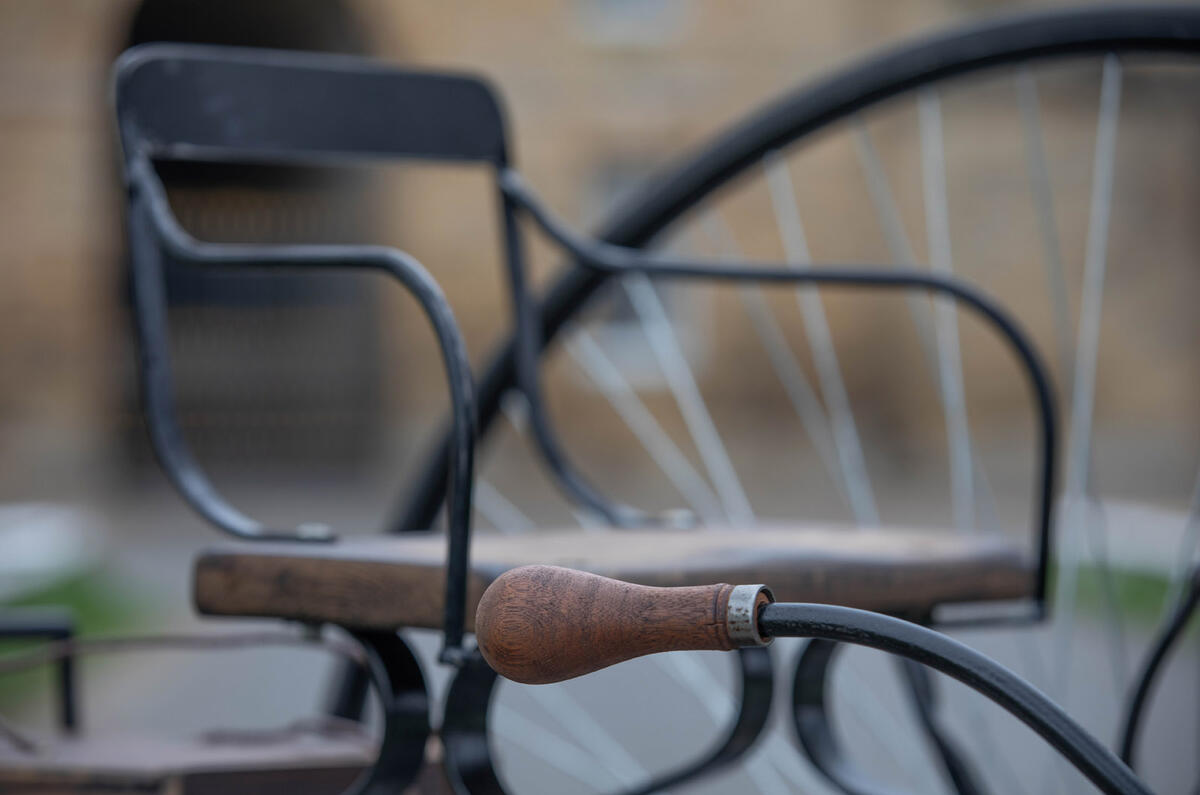
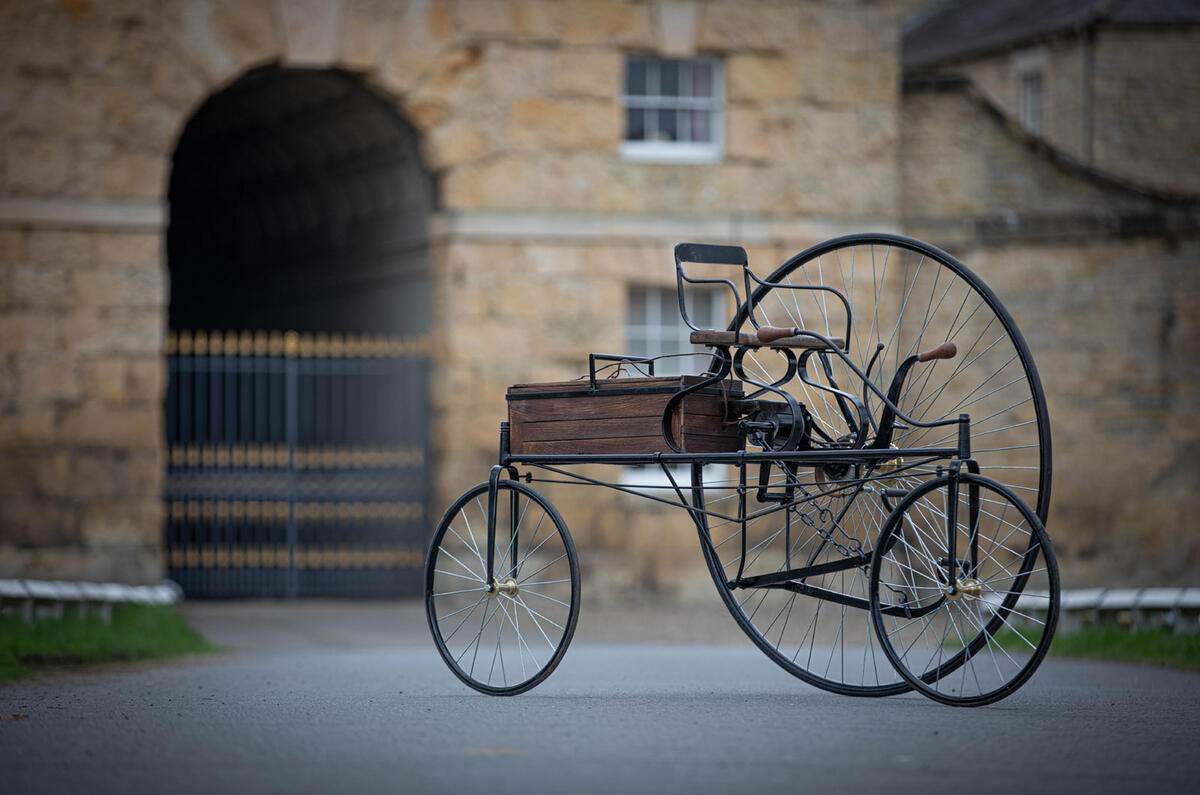
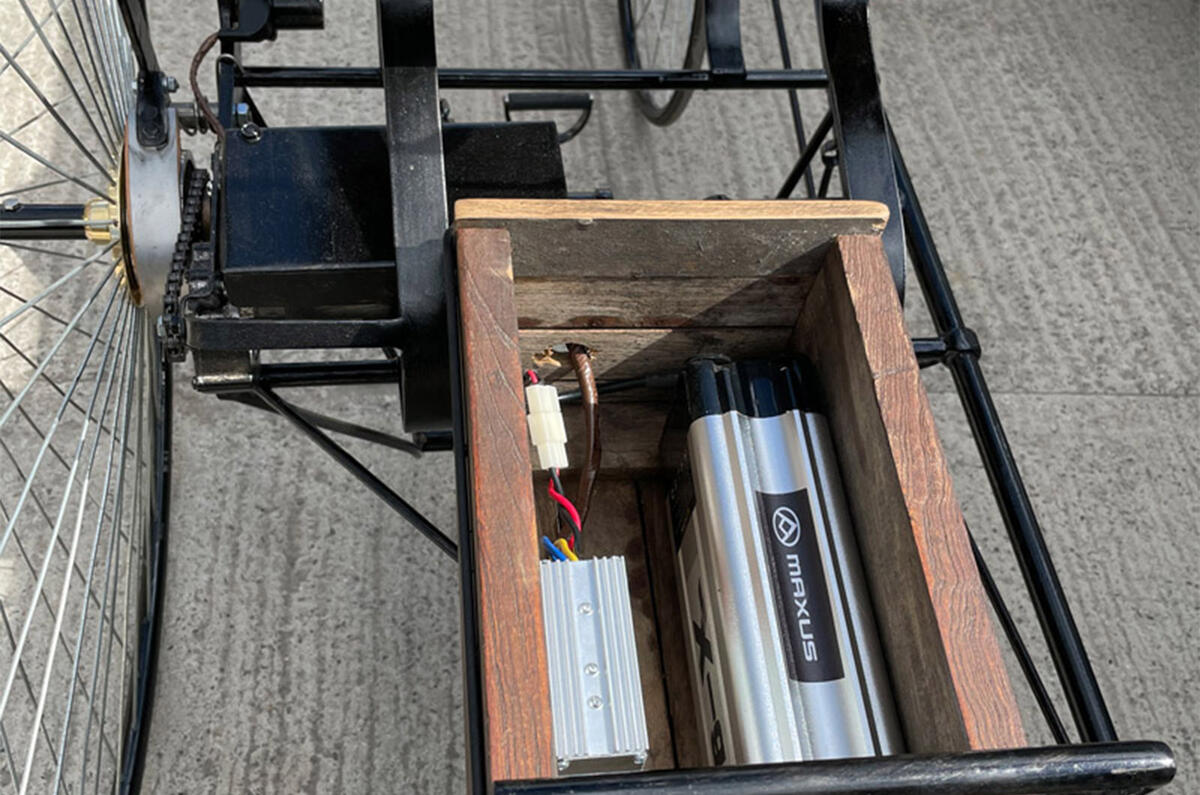

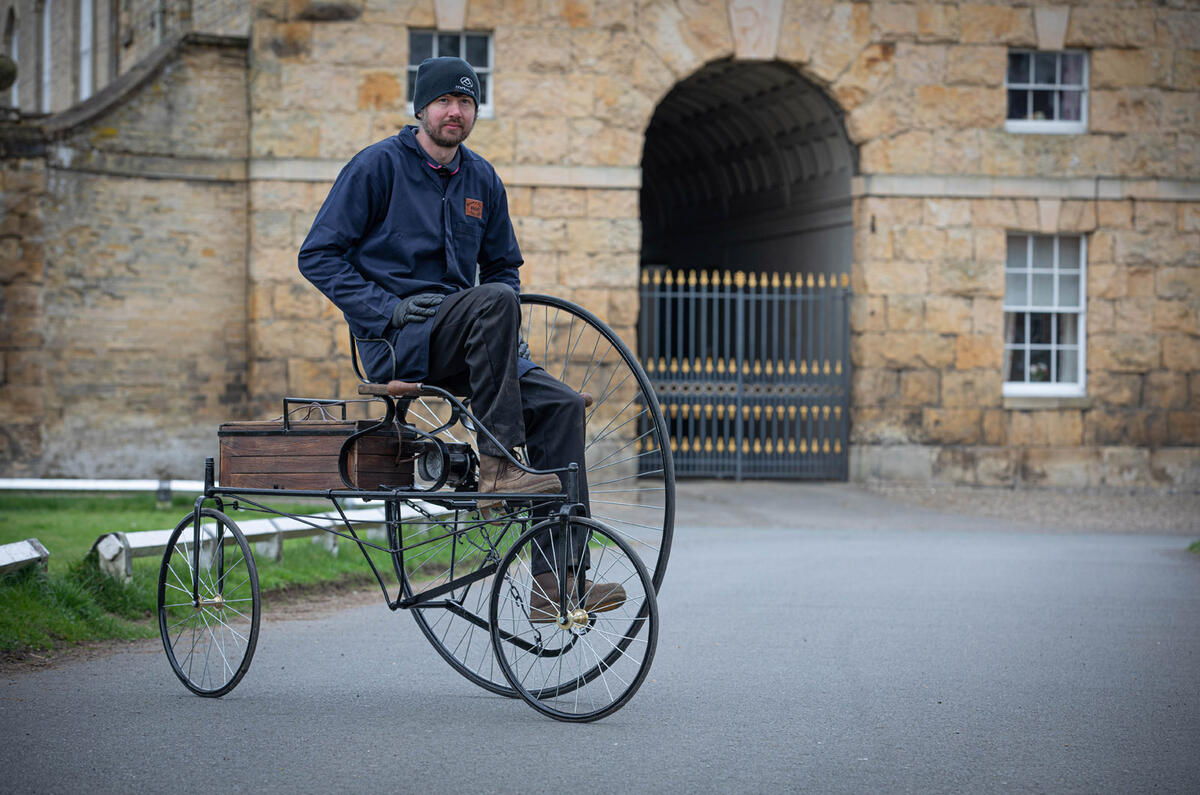

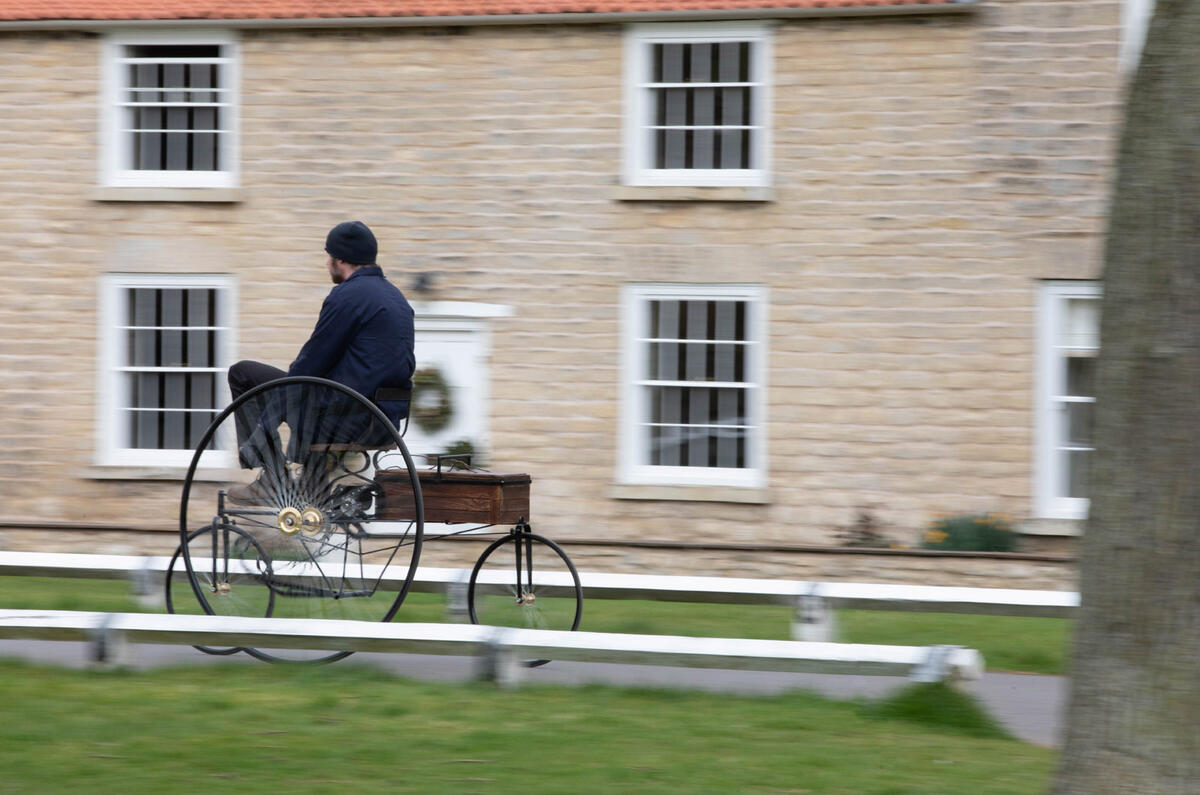

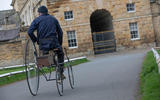
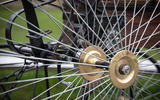
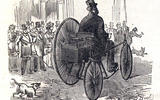
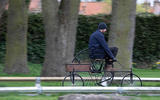

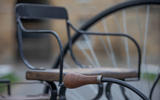








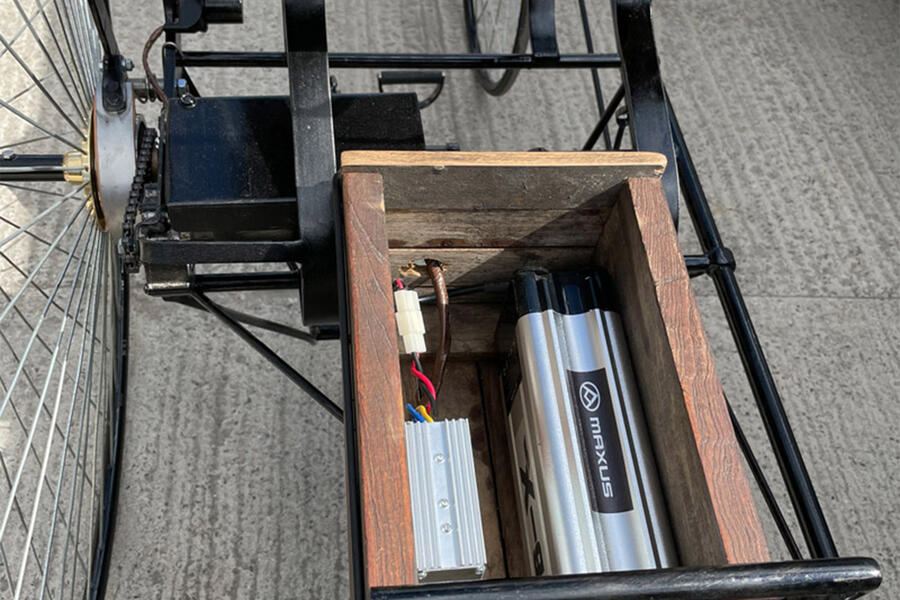


Join the debate
Add your comment
I expect the handling would have been interesting with two wheels on one side and a single one opposite - as well as a high centre of gravity with the batteries and occupant seemingly mounted high up, as if on a horse.
It's worth remembering that at the turn of the last century, it was a close run contest between electric and combustion engine vehicles - with the latter just winning out through better performance and range. Globally things aren't so very different now - except the legislators have more influence!